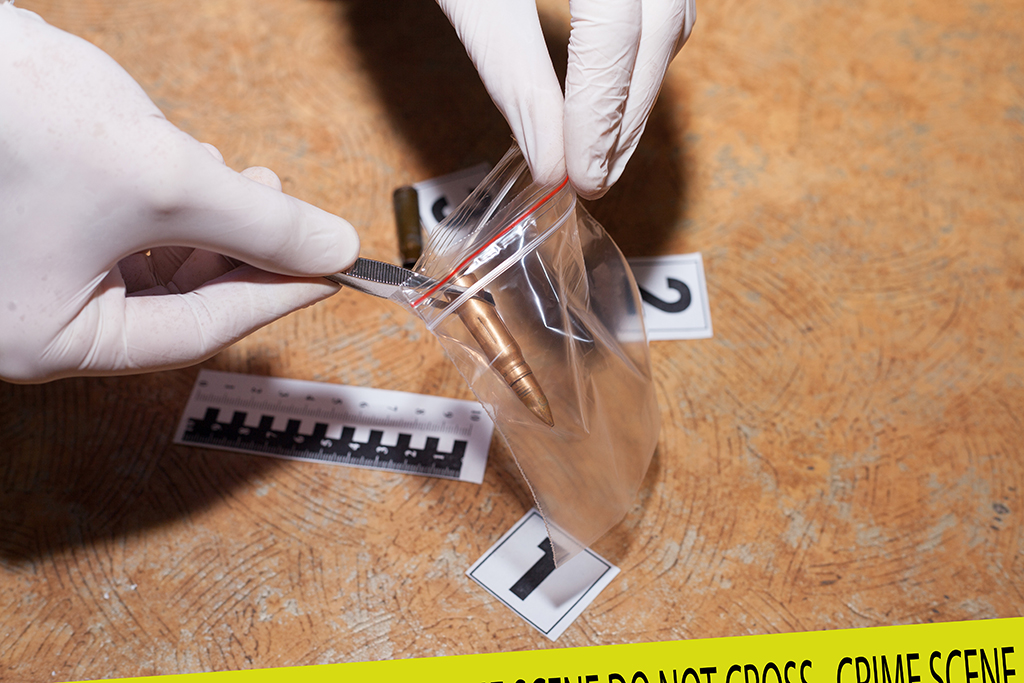CSAFE is a NIST Center of Excellence in Forensic Science. A large portion of CSAFE’s research portfolio is on what is known as pattern evidence, which encompasses any evidence that can be represented as an image. Examples of pattern evidence include footwear prints, firearms and toolmark striations, fingerprints, blood spatter and handwriting. In today’s webinar we provide an update of research projects that focus on all of those examples, and propose interesting directions for future research.
Pattern Evidence Research in CSAFE-An Update
Related Resources
Forensic Toolmark Comparisons
Forensic practitioners determine whether two marks were generated by the same tool by observing the 2D images of the marks using a comparison microscope and deciding whether the “surface contours…
Effect of Subclass Characteristics on Congruent Matching Cells (CMC) Algorithm
This presentation is a continuation of subclass characteristics present on consecutively manufactured breech face inserts. The objective is to assess manufacturing methods similar to those used by firearm manufacturers. It…
What’s in a Name? Consistency in Latent Print Examiners’ Naming Conventions and Perceptions of Minutiae Frequency
Fingerprint minutia types influence LPEs’ decision-making processes during analysis and evaluation, with features perceived to be rarer generally given more weight. However, no large-scale studies comparing examiner perceptions of minutiae…
An alternative statistical framework for measuring proficiency
Item Response Theory, a class of statistical methods used prominently in educational testing, can be used to measure LPE proficiency in annual tests or research studies, while simultaneously accounting for…



